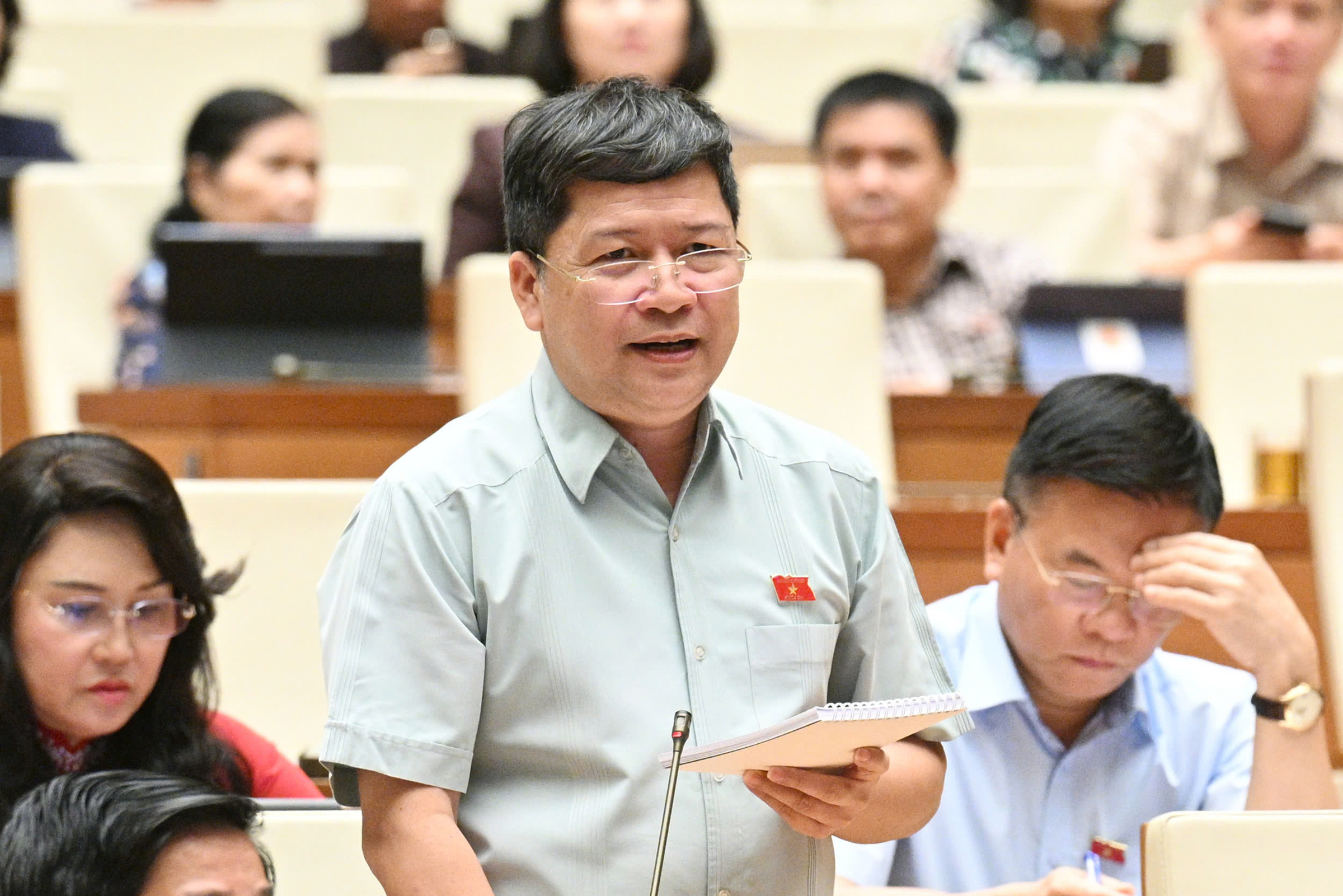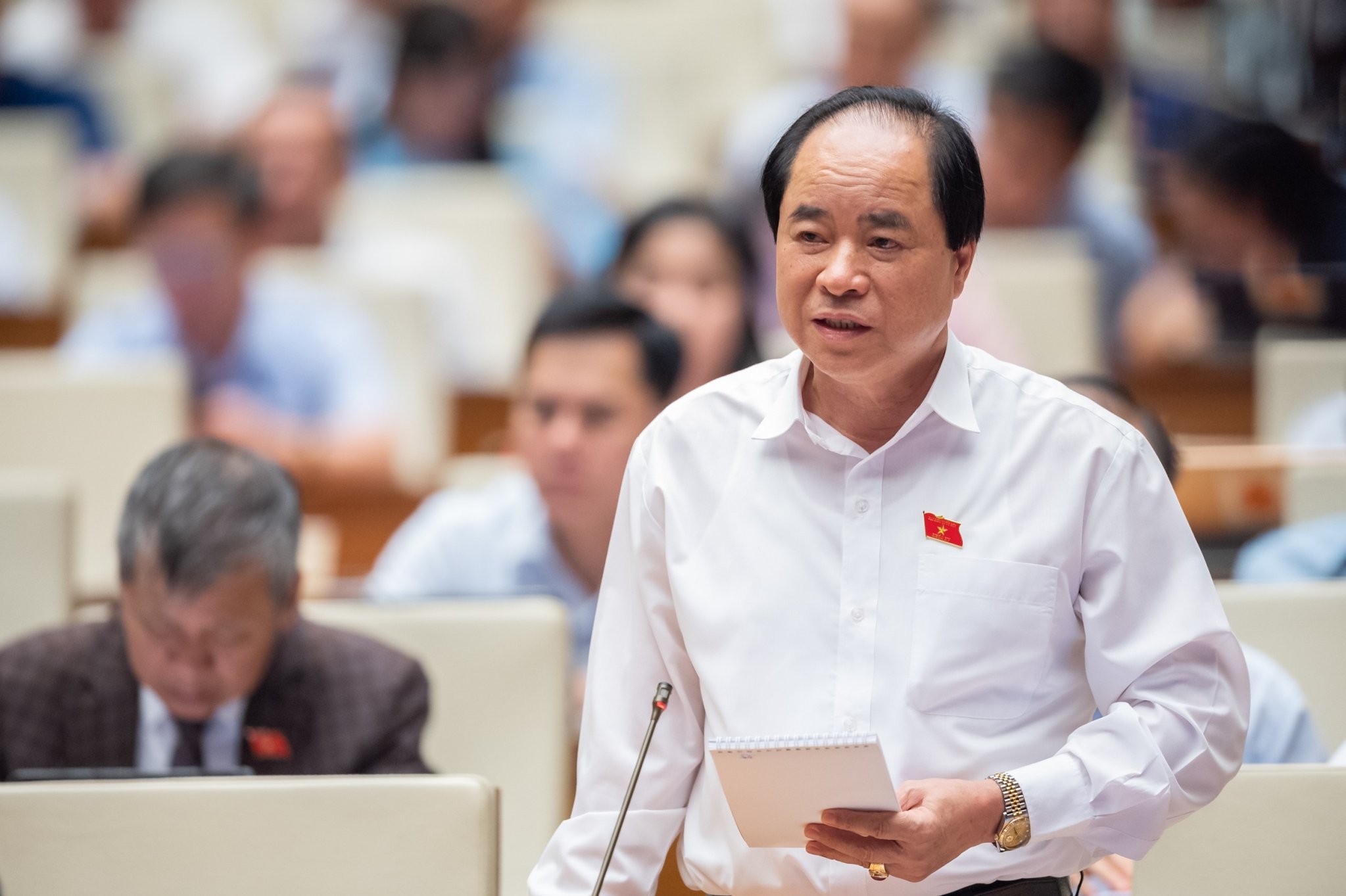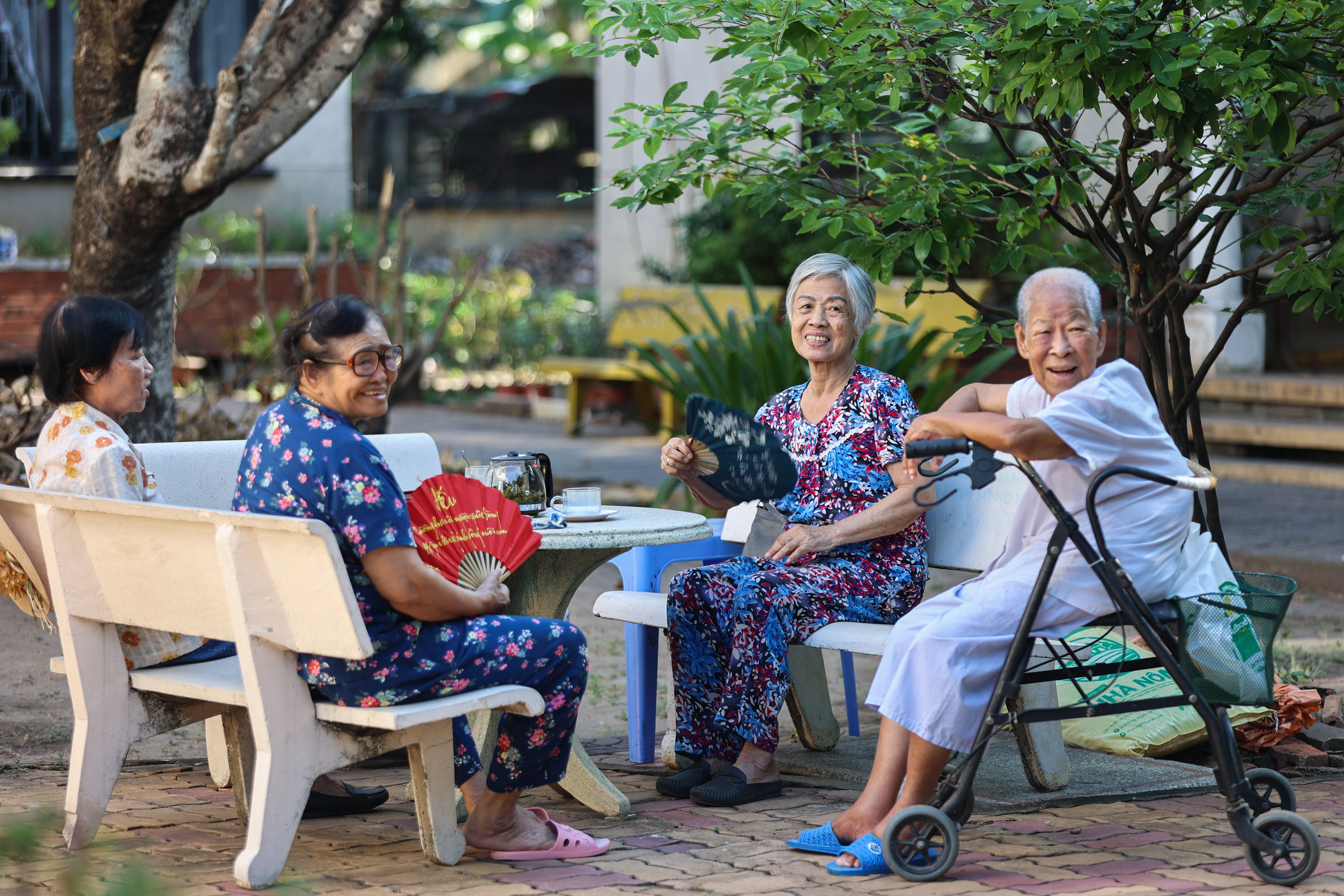At a conference on September 16th to disseminate the Central Committee's Resolution, General Secretary To Lam emphasized the need for solutions to "combat loneliness" among the elderly. Daycare centers for the elderly "are the right direction, but implementation progress is slow despite being mentioned many times." He hopes to see specific models, encouraging private sector participation in establishing elderly care centers because "in the mornings, when children and grandchildren are at school or work, the elderly are very lonely at home."
According to the Party leader, these centers could organize transportation, create opportunities for seniors to meet friends and former colleagues, and participate in activities, sports, music, and cultural events. "This is a very good model. The Ministry of Health, the Ministry of Home Affairs, or the Elderly Association must coordinate and assign tasks to proactively implement it. Childcare is important, but the elderly also need attention, as these solutions contribute to extending lifespan and improving quality of life," the General Secretary stressed.
Dr. Truong Xuan Cu, Vice President of the Vietnam Association of the Elderly, agreed with the General Secretary's viewpoint. According to Dr. Cu, the need for elderly care is increasing. The tradition of four-generation families is declining as Vietnamese families often choose independent living. Therefore, seniors rarely live with their children.
Dr. Cu cited 2024 data, stating that Vietnam has only over 300 elderly care centers serving about 11,000 people. Meanwhile, the mid-term population and housing census report of the same year shows that the country has about 14.2 million people aged 60 and above, and this number is projected to increase to nearly 18 million by 2030.
Establishing daycare centers, according to Dr. Truong Xuan Cu, would be less expensive than 24-hour residential care centers. This model attracts many seniors, especially those still healthy enough to travel independently. Their physical condition will be maintained and may even improve, and their cognitive function won't decline.
These centers provide a better quality of life for the elderly, meeting their significant need for social interaction. "Meeting, sharing, chatting, and exchanging ideas with peers revitalizes their emotions, making them feel warmer and more appreciative of life," said Dr. Cu, emphasizing that this is something their children and grandchildren can rarely provide.
Ta Van Ha, Deputy Chairman of the Committee for Culture and Social Affairs, also recognized the urgency of elderly care. As society develops and work intensity increases, young people have less time for their parents and grandparents. "The elderly are facing a lack of care, loneliness, and even abuse. Without places for recreation and the means to care for themselves, they are prone to depression," said Mr. Ha.
Meanwhile, the elderly often have underlying health conditions and declining physical and cognitive abilities. Self-care is already difficult, and dependence can lead to negative emotions and the belief that they are a burden to their children. Conversely, Vietnamese families still hold the belief that sending elderly relatives to nursing homes is unfilial and constitutes abandonment. Therefore, developing part-time care facilities is "extremely necessary and suitable for the context of an aging population." These facilities will help seniors avoid feelings of dependence and allow them to enjoy recreation, work, and socialize with their peers.
 |
Ta Van Ha, Deputy Chairman of the Committee for Culture and Social Affairs. Photo: Hoang Phong |
Professor Giang Thanh Long, a senior lecturer at the National Economics University, assesses current policies as creating a foundation for fundamental changes in healthcare, aligning with the "3A" criteria: accessibility, through strengthening grassroots healthcare; affordability, with health insurance as the main pillar; and the provision of appropriate and comprehensive services.
The latest report from the World Health Organization (WHO) shows that one in six people (16.7%) experiences loneliness, and this ratio is 3:1 among the elderly (for every three elderly people, one feels lonely, equivalent to 33.3%). The WHO considers loneliness a global public health issue, silently damaging physical and mental health. The Vietnam National Study on Ageing (VNAS) also shows that loneliness increases the risk of depression. Women, the very old, and those living alone have the highest rates of loneliness.
"Psychologically, most elderly people probably prefer seeing their children and grandchildren to living in a nursing home for an extended period before returning home," Mr. Long said. However, modern life has widened the generation gap. Many seniors live with their families but lack interaction because younger people are busy with other concerns. Each elderly individual also has unique cultural, health, and family circumstances, so effective care requires a long-term approach.
 |
Dr. Truong Xuan Cu, Vice President of the Vietnam Association of the Elderly. Photo: Hoang Phong |
Establishing elderly care facilities at the ward and commune levels
Mr. Ta Van Ha believes that to promote this model, each locality must take responsibility for building elderly care facilities at the ward and commune levels. "Surplus facilities and headquarters after mergers are important resources and should be prioritized as locations for elderly healthcare," he suggested.
At the same time, Mr. Ha emphasized that the State cannot do this alone and needs mechanisms and policies to attract social resources from domestic and international organizations and individuals to invest in this field. "The government needs a master plan for a system of centers, clubs, and facilities for the elderly," he stated.
Professor Giang Thanh Long believes that the current model of social protection centers, which often places the elderly with other groups, is unsuitable. If this continues, authorities need to create separate areas for the elderly to have a space for rest. In the long term, this model needs to be improved to integrate elderly healthcare, both socially and medically.
To attract businesses, Mr. Long believes the State must issue clear policies on land funds and taxes, and specify conditions for establishing care centers, such as infrastructure, equipment, and human resources. Depending on people's ability to pay, centers need to offer a variety of services, from free and low-cost to high-cost options. He cited the Chinese model, where the state only manages prices and services, while provision is tendered to the private sector. The winning bidder must commit to service quality, adhere to prices, and face heavy penalties for violations.
Mr. Long noted that the daycare model depends heavily on the actual needs of the elderly. Many private centers in the country have tried this model but failed due to difficulties in assigning close-monitoring staff, organizing meals and accommodation, and the limited number of seniors healthy enough to participate. "For effective implementation, localities need strong commitment and regular budget allocation, not just support," Mr. Long emphasized.
 |
Elderly people at Thi Nghe Nursing Home, Ho Chi Minh City, 2/2024. Photo: Quynh Tran |
'Day centers' for the elderly
Experts say the daycare model for the elderly is not new. In many countries, it's called a "day center" or "adult day care." In the UK, these centers provide social and cultural activities, light exercise, lunch, and basic medical support staff. Studies show these centers reduce loneliness, maintain social connections, and provide important emotional support for the elderly.
In the US, adult day care is widely developed not only for the elderly but also for adults with special needs, such as post-accident, stroke, or injury care. Center staff monitor health, organize activities, and serve meals. Some offer door-to-door transportation. This model helps families delay placing parents in full-time care facilities while reducing psychological and economic pressure. Operating costs are much lower than 24/7 residential care.
In Asia, Singapore is a leader with its system of "senior activity centers" combined with daycare. The elderly participate in exercise classes, art activities, and community interactions while receiving basic health support, especially for mild chronic conditions.
Meanwhile, the Netherlands is famous for the "dementia village" Hogeweyk, where residents with memory loss live like healthy individuals instead of receiving hospital treatment.
Son Ha - Hoang Phuong












